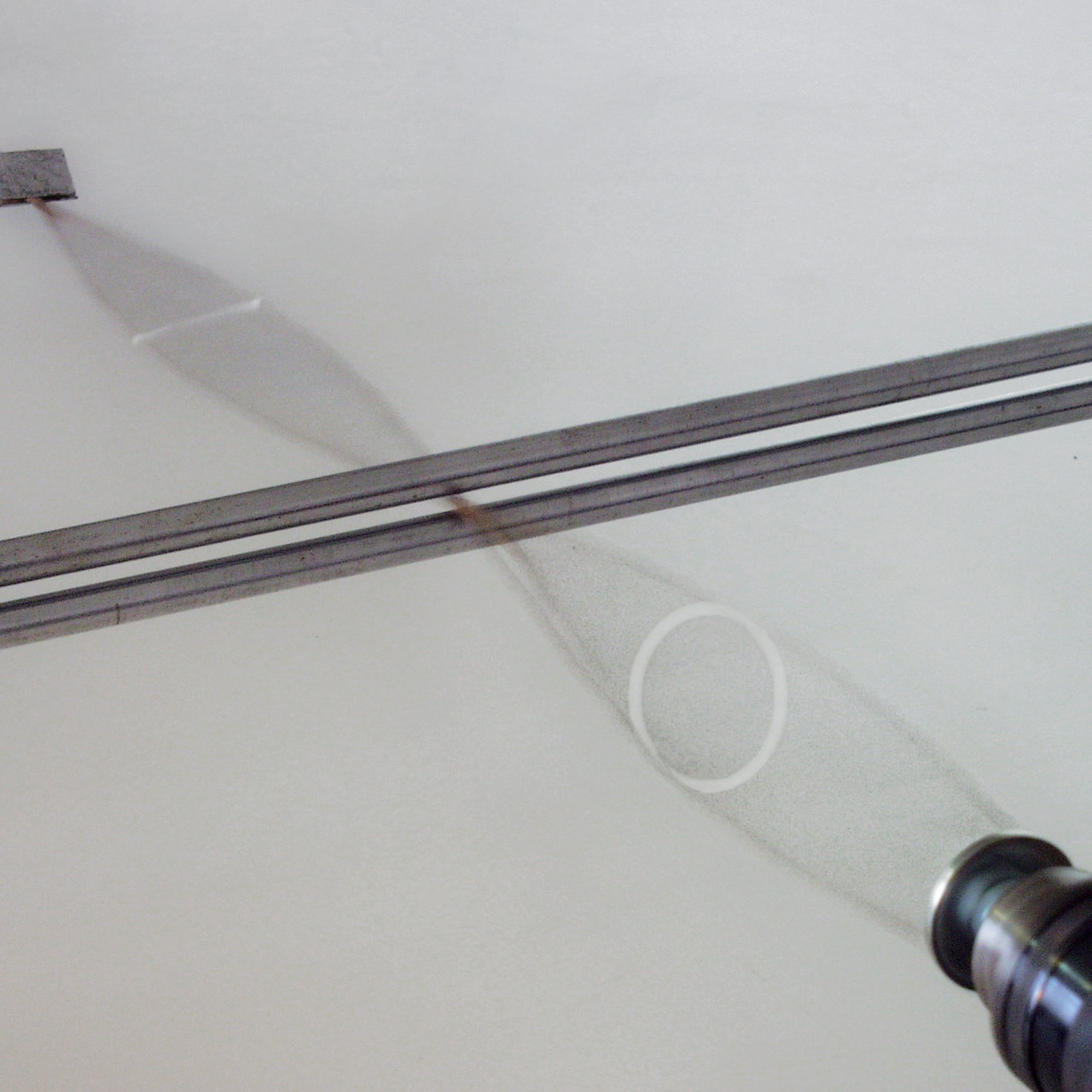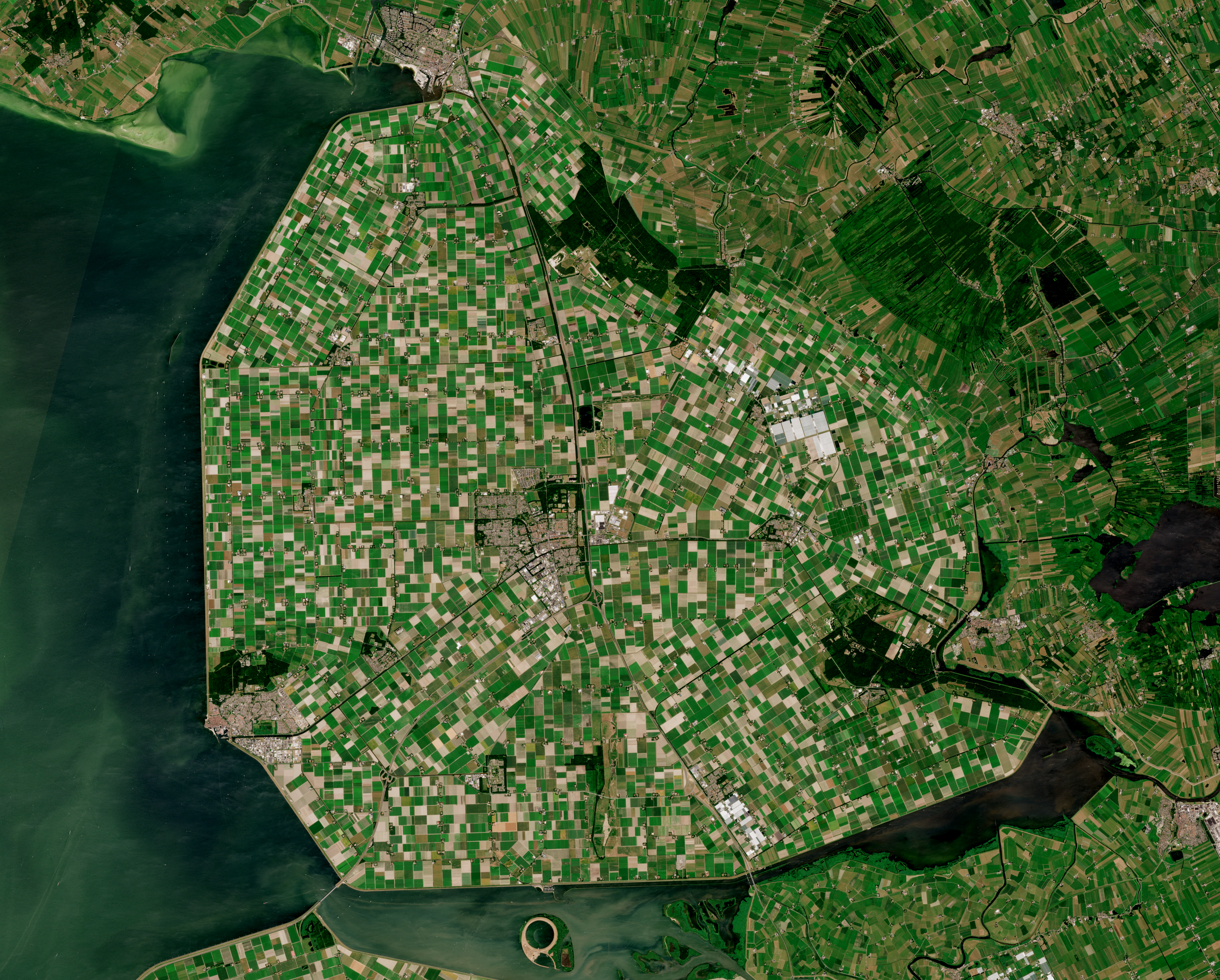|
Pieter Zeeman
Pieter Zeeman (; 25 May 1865 – 9 October 1943) was a Dutch physicist who shared the 1902 Nobel Prize in Physics with Hendrik Lorentz for his discovery of the Zeeman effect. Childhood and youth Pieter Zeeman was born in Zonnemaire, a small town on the island of Schouwen-Duiveland, Netherlands, the son of Rev Catharinus Forandinus Zeeman, a minister of the Dutch Reformed Church, and his wife, Willemina Worst. Pieter became interested in physics at an early age. In 1883, the aurora borealis happened to be visible in the Netherlands. Zeeman, then a student at the high school in Zierikzee, made a drawing and description of the phenomenon and submitted it to Nature, where it was published. The editor praised "the careful observations of Professor Zeeman from his observatory in Zonnemaire". After finishing high school in 1883, Zeeman went to Delft for supplementary education in classical languages, then a requirement for admission to University. He stayed at the home of Dr J.W. Lely ... [...More Info...] [...Related Items...] OR: [Wikipedia] [Google] [Baidu] |
Zonnemaire
Zonnemaire is a village in the municipality of Schouwen-Duiveland in the Dutch province of Zeeland. It lies about southwest of Hellevoetsluis. In 2021, Zonnemaire had a population of 755. History Zonnemaire was named after ''Sonnemare'', the water between the former islands of Bommenede and Schouwen. Zonnemarie is a road village which was first mentioned in 985 when it became owned by the Count of Holland. The current village developed after the Zonnemairepolder which was reclaimed in 1401. The Dutch Reformed church is an aisleless church with a partially build-in tower. It was constructed in 1867 as a replacement of its 15th century predecessor. The grist mill De Korenbloem was built in 1872 and was in service until 1961. It was extensively restored between 1991 and 1992; it operates on a voluntary basis. Zonnemaire was home to 442 people in 1840. It was a separate municipality until 1961, when it was merged with Brouwershaven. In 1997, it became part of the municipality of ... [...More Info...] [...Related Items...] OR: [Wikipedia] [Google] [Baidu] |
Dutch Reformed Church
The Dutch Reformed Church (, abbreviated NHK) was the largest Christian denomination in the Netherlands from the onset of the Protestant Reformation in the 16th century until 1930. It was the original denomination of the Dutch Royal Family and the foremost Protestant denomination until 2004. It was the larger of the two major Reformed denominations, after the Reformed Churches in the Netherlands (''Gereformeerde kerk'') was founded in 1892. It spread to the United States, South Africa, Indonesia, Sri Lanka, Brazil, and various other world regions through Dutch colonization. Allegiance to the Dutch Reformed Church was a common feature among Dutch immigrant communities around the world and became a crucial part of Afrikaner nationalism in South Africa. The Dutch Reformed Church was founded in 1571 during the Protestant Reformation in the Calvinist tradition, being shaped theologically by John Calvin, but also other major Reformed theologians. The church was influenced by ... [...More Info...] [...Related Items...] OR: [Wikipedia] [Google] [Baidu] |
Strasbourg
Strasbourg (, , ; german: Straßburg ; gsw, label=Bas Rhin Bas-Rhin (; Alsatian: ''Unterelsàss'', ' or '; traditional german: links=no, Niederrhein; en, Lower Rhine) is a department in Alsace which is a part of the Grand Est super-region of France. The name means 'Lower Rhine', referring to its lowe ... Alsatian dialect, Alsatian, Strossburi , gsw, label=Haut Rhin Alsatian dialect, Alsatian, Strossburig ) is the Prefectures in France, prefecture and largest city of the Grand Est Regions of France, region of Geography of France, eastern France and the Seat of the European Parliament in Strasbourg, official seat of the European Parliament. Located at the France–Germany border, border with Germany in the historic region of Alsace, it is the prefecture of the Bas-Rhin Departments of France, department. In 2019, the city proper had 287,228 inhabitants and both the Eurométropole de Strasbourg (Greater Strasbourg) and the Arrondissement of Strasbourg had 505,272 inhabita ... [...More Info...] [...Related Items...] OR: [Wikipedia] [Google] [Baidu] |
Friedrich Kohlrausch (physicist)
Friedrich Wilhelm Georg Kohlrausch (14 October 1840 – 17 January 1910) was a German physicist who investigated the conductive properties of electrolytes and contributed to knowledge of their behaviour. He also investigated elasticity, thermoelasticity, and thermal conduction as well as magnetic and electrical precision measurements. Nowadays, Friedrich Kohlrausch is classed as one of the most important experimental physicists. His early work helped to extend the absolute system of Carl Friedrich Gauss and Wilhelm Eduard Weber, Wilhelm Weber to include electrical and magnetic measuring units. Biography Education Son of Rudolf Kohlrausch, Friedrich Wilhelm Georg Kohlrausch was born on October 14, 1840, in Rinteln, Germany. After studying physics at Erlangen and Göttingen, Friedrich Kohlrausch completed his doctorate in Göttingen. Teaching After a two-year work as a lecturer in Frankfurt, Kohlrausch was appointed a professor of physics at the University of Göttingen (1866� ... [...More Info...] [...Related Items...] OR: [Wikipedia] [Google] [Baidu] |
Polarized Light
Polarization ( also polarisation) is a property applying to transverse waves that specifies the geometrical orientation of the oscillations. In a transverse wave, the direction of the oscillation is perpendicular to the direction of motion of the wave. A simple example of a polarized transverse wave is vibrations traveling along a taut string ''(see image)''; for example, in a musical instrument like a guitar string. Depending on how the string is plucked, the vibrations can be in a vertical direction, horizontal direction, or at any angle perpendicular to the string. In contrast, in longitudinal waves, such as sound waves in a liquid or gas, the displacement of the particles in the oscillation is always in the direction of propagation, so these waves do not exhibit polarization. Transverse waves that exhibit polarization include electromagnetic waves such as light and radio waves, gravitational waves, and transverse sound waves ( shear waves) in solids. An electromagnet ... [...More Info...] [...Related Items...] OR: [Wikipedia] [Google] [Baidu] |
Magneto-optic Kerr Effect
In physics the magneto-optic Kerr effect (MOKE) or the surface magneto-optic Kerr effect (SMOKE) is one of the magneto-optic effects. It describes the changes to light reflected from a magnetized surface. It is used in materials science research in devices such as the Kerr microscope, to investigate the magnetization structure of materials. Definition The magneto-optic Kerr effect relates light that is reflected from a magnetized surface and may change both polarization and reflected intensity. The magneto-optic Kerr effect is similar to the Faraday effect, which describes changes to light transmission through a magnetic material. In contrast, the magneto-optic Kerr effect describes changes to light reflected from a magnetic surface. Both effects result from the off-diagonal components of the dielectric tensor \varepsilon. These off-diagonal components give the magneto-optic material an anisotropic permittivity, meaning that its permittivity is different in different direct ... [...More Info...] [...Related Items...] OR: [Wikipedia] [Google] [Baidu] |
Zuiderzee Works
The Zuiderzee Works ( nl, Zuiderzeewerken) is a man-made system of dams and dikes, land reclamation and water drainage work, in total the largest hydraulic engineering project undertaken by the Netherlands during the twentieth century. The project involved the damming of the Zuiderzee, a large, shallow inlet of the North Sea, and the reclamation of land in the newly enclosed water using polders. Its main purposes are to improve flood protection and create additional land for agriculture. The American Society of Civil Engineers declared these works, together with the Delta Works in the South-West of the Netherlands, as among the Seven Wonders of the Modern World. Background The "Netherlands" (literally the "Low Countries") have low flat topography, with half the land area below or less than one metre above sea level, and has for centuries been subject to periodic flooding by the sea. The seventeenth century saw early proposals to tame and enclose the Zuiderzee, but the ambit ... [...More Info...] [...Related Items...] OR: [Wikipedia] [Google] [Baidu] |
Cornelis Lely
Cornelis Lely (; 23 September 1854 – 22 January 1929) was a Dutch politician of the Liberal Union (LU) and civil engineer. He oversaw the passage of an act of parliament authorising construction of the Zuiderzee Works, a huge project – designed to his own plans – that turned the Zuiderzee into a lake and made possible the conversion of a vast area of former seabed into dry land. Early life Cornelis Lely was born on 23 September 1854 in Amsterdam in the Netherlands, son of an oilseed trader. Lely went to the Hogere Burgerschool (HBS). He later studied at the Polytechnic School in Delft and graduated as civil engineer in 1875. Career outline Between 1886 and 1891, Lely led the technical research team that explored the possibility, later approved by a State Commission, of enclosing the Zuiderzee. The Dutch parliament passed the law creating the Zuiderzee Works on 14 June 1918, using Lely's plan. He served three times as Minister of Transport and Water Management (in 189 ... [...More Info...] [...Related Items...] OR: [Wikipedia] [Google] [Baidu] |
Gymnasium (school)
''Gymnasium'' (and variations of the word) is a term in various European languages for a secondary school that prepares students for higher education at a university. It is comparable to the US English term '' preparatory high school''. Before the 20th century, the gymnasium system was a widespread feature of educational systems throughout many European countries. The word (), from Greek () 'naked' or 'nude', was first used in Ancient Greece, in the sense of a place for both physical and intellectual education of young men. The latter meaning of a place of intellectual education persisted in many European languages (including Albanian, Bulgarian, Estonian, Greek, German, Hungarian, the Scandinavian languages, Dutch, Polish, Czech, Serbo-Croatian, Macedonian, Slovak, Slovenian and Russian), whereas in other languages, like English (''gymnasium'', ''gym'') and Spanish (''gimnasio''), the former meaning of a place for physical education was retained. School ... [...More Info...] [...Related Items...] OR: [Wikipedia] [Google] [Baidu] |
Classical Language
A classical language is any language with an independent literary tradition and a large and ancient body of written literature. Classical languages are typically dead languages, or show a high degree of diglossia, as the spoken varieties of the language diverge further away from the classical written language over time. Classical studies In the context of traditional European classical studies, the "classical languages" refer to Greek and Latin, which were the literary languages of the Mediterranean world in classical antiquity. Greek was the language of Homer and of classical Athenian, Hellenistic and Byzantine historians, playwrights, and philosophers. It has contributed many words to the vocabulary of English and many other European languages, and has been a standard subject of study in Western educational institutions since the Renaissance. Latinized forms of Ancient Greek roots are used in many of the scientific names of species and in other scientific terminology. ... [...More Info...] [...Related Items...] OR: [Wikipedia] [Google] [Baidu] |
Delft
Delft () is a city and municipality in the province of South Holland, Netherlands. It is located between Rotterdam, to the southeast, and The Hague, to the northwest. Together with them, it is part of both the Rotterdam–The Hague metropolitan area and the Randstad. Delft is a popular tourist destination in the Netherlands, famous for its historical connections with the reigning House of Orange-Nassau, for its blue pottery, for being home to the painter Jan Vermeer, and for hosting Delft University of Technology (TU Delft). Historically, Delft played a highly influential role in the Dutch Golden Age. In terms of science and technology, thanks to the pioneering contributions of Antonie van Leeuwenhoek and Martinus Beijerinck, Delft can be considered to be the birthplace of microbiology. History Early history The city of Delft came into being beside a canal, the 'Delf', which comes from the word ''delven'', meaning to delve or dig, and this led to the name Delft. At the ... [...More Info...] [...Related Items...] OR: [Wikipedia] [Google] [Baidu] |






